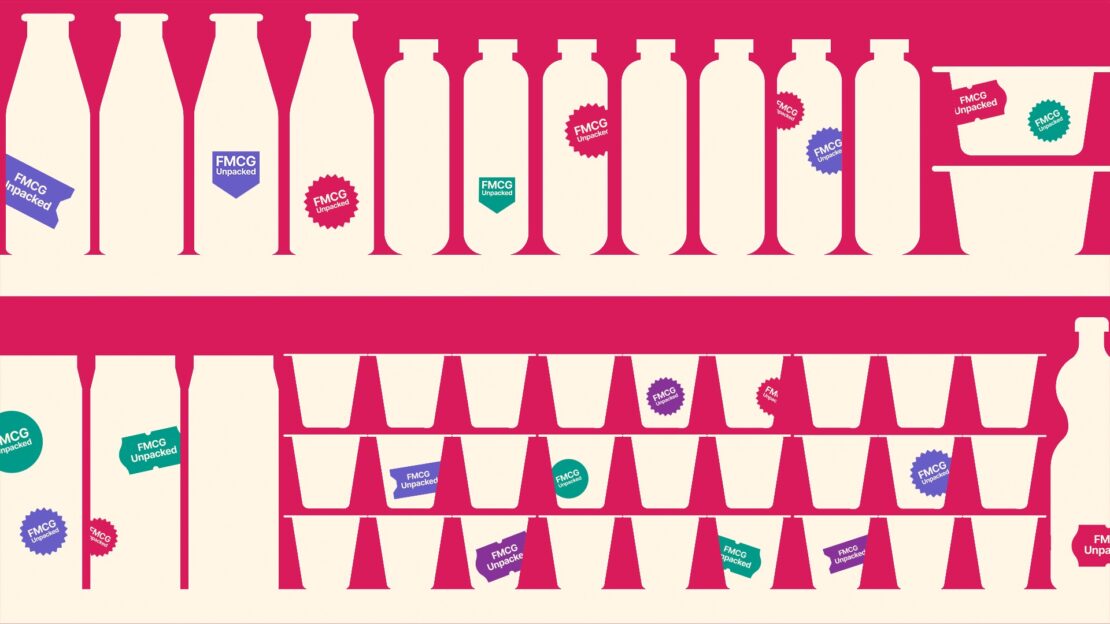5 things to look out for in the European Commission’s new work programme
Oktober 6th, 2023
Behind the headlines of the “Fit for 55” climate package and COVID-19 pandemic, the European Commission has been quietly planning its work for 2022. The current legislative term will reach its halfway point next year, and the publication of the Commission’s annual work programme (CWP) on 19 October provides a roadmap on the measures to come.
While the 2021 CWP was highly anticipated for its details on the EU’s climate legislation overhaul, its sequel has faced lower expectations. It is however no less consequential to a wide range of economic sectors.
The planned proposals are intended to implement the key cross-sectoral strategies stemming from the European Green Deal, including on circular economy, pollution prevention, and sustainable mobility. The introduction of these new rules will be guided by the ‘one-in, one-out’, ‘do no significant harm’ and ‘digital-by-default’ principles to address administrative burden, sustainability, and digitalisation in all EU decision-making.
Here are the five things to look out for in the Commission’s 2022 work programme.
Plastics – Major steps on microplastics
Building on the EU’s circular economy and zero pollution action plans, the Commission is planning to adopt significant legislative proposals on microplastics in 2022.
These emerging pollutants are a major concern in the environmental strategy of President von der Leyen’s Commission, which has set a target to reduce the amount of microplastics released into the environment by 30% by 2030. To this end, the 2022 CWP foresees the adoption of measures to restrict intentionally added microplastics (Q4 2022) and measures to reduce the release of microplastics into the environment from tyres, textiles, and pellets (Q4 2022).
The planned restriction is expected to prevent 500,000 tonnes of plastic particles from ending up in the environment to an estimated cost of €11-19 billion on companies currently including microplastics in their products.
Chemicals – Streamlining a stricter framework
Like the ‘Plastics package’, the key chemicals proposals in the CWP are focused on tackling pollutants of concern, such as endocrine disruptors, from ending up in the air and waterways. Revisions of the Classification, Labelling, and Packaging Regulation (May 2022), the list of surface and groundwater pollutants (September 2022), and the Detergents Regulation (December 2022) are all intended to place new requirements on the making available and handling of substances in line with the Commission’s Chemicals Strategy for Sustainability.
The higher costs on the industry from the new labelling obligations are expected to be offset by improvements to the functioning of the single market. These include the easing of some labelling requirements with new classification categories for chemicals, alignment of the electronics sector with the ‘one substance – one assessment’ principle, and streamlining the scientific and technical work of EU agencies on chemicals.
Health – Overhaul of pharmaceutical legislation
The COVID-19 crisis has pushed European health policy into the spotlight. While the Commission’s focus in 2021 was, understandably, on crisis response and preparedness – with key action notably on vaccine roll out and the proposal for a Health Emergency Response Authority (HERA) – 2022 will be another big year for health.
Under the ambitious Pharmaceutical Strategy for Europe (adopted in 2020), the European Commission will revise the basic pharmaceutical legislation. This long-awaited overhaul of the legal framework aims to bring the rules into line with technological developments, ensuring patients can access affordable medicines, addressing ‘unmet needs’ (rare diseases and antimicrobial resistance), fostering innovation and reducing regulatory burden – as well as integrating lessons learnt from the COVID-19 pandemic around issues such as security of medicine supply. A Commission proposal is expected for Q4 2022.
In parallel, the Commission will also revise EU legislation on medicines for children and rare diseases, simplifying current rules while revisiting how pharmaceutical companies are incentivised to fulfil these patients’ needs.
Digital – Geopolitical semiconductors
Introduced to the European Parliament as a part of Ursula von der Leyen’s State of the Union speech this September, the European Chips Act is intended to do no less that to ‘put Europe back in the tech race’. The Commission’s directorate for communications network (DG CNECT) is currently considering how to come up with major initiatives to enhance the competitiveness and resilience of the European semiconductor – or “chip” – industry. The purpose of the act is to address the EU’s strategic dependencies on imported semiconductors by strengthening the security of supply and accelerate production capacities beyond domestic demand.
In lieu of concrete next steps, the Commission is expected to roll out a strategy on semiconductors in Q2 2022 to outline a package of future legislative measures.
Mobility – Single framework for multimodal travel
In addition to the proposal on a framework for measuring transport emissions foreseen for Q4 2022, the Commission is looking to set up legislative standards for EU-wide digital ticketing. While the adoption of a common ISO standard for emissions reporting can be expected to reduce administrative burdens on the supply side, the legislation on multimodal digital mobility services (MDMS) is expected to make it easier for the demand side to choose more environmentally friendly and efficient travel options as a part of their journey.
The European Green Deal sets a target for 90% emissions reductions in the transport sector by 2050. So far, the focus has been on transport companies and fuel suppliers, while less attention has been given to the practical solutions on how to empower travellers to decarbonise. The Commission’s initiative considers repealing the existing code of conduct for computerised reservation systems (CRS) – digital platforms used to search and buy airline tickets, hotel rooms, and rental cars, among other activities – in order to incorporate these ticketing services into the regulatory push for more environmental travel choices.
The initiative is expected to be adopted in Q4 2022.
What happens next
The Commission will begin the preparatory work already this year, with the first public consultations on the planned proposals expected to be published within the next month. The full process from an impact assessment to the final legislative proposal will take months and provides numerous opportunities for stakeholders to be heard in the development of the new EU rules – as long as the positions are coherent and actively voiced to the right policymakers.
The subsequent legislative procedure will of course offer further opportunities to shape the legislation in the European Parliament and the Council, but by missing the early stages in the Commission, a concerned stakeholder has already given opposing interests a substantial head start.
Get in touch with our team in Brussels (brusselspa@grayling.com) and follow the conversation on the Fit for 55 package on Twitter @TheEULobby

